Mary Seacole was a Jamaican nurse who specialised in homeopathic medicine during the 1800s. Growing up near the Kingston area of Jamaica, Seacole was heavily influenced by her mother who was a doctress.
Seacole’s mother plied her trade as a traditional healer, relying on local Caribbean and African herbal remedies, and passed this knowledge down to her daughter. Mary would put such skills to great use throughout her lifetime, most notably during the Crimean War.

Seacole travelled the world throughout her late teens and twenties, and care work remained a significant part of her life. However, it wasn’t until she lost both her mother and husband, whom she married in 1836, that such humanitarian endeavours seemingly began to define her as a person. Burying herself in her work, Seacole dedicated her existence to helping those in need by providing aid to the sick. During this period, she notably lent her skills to help with the Jamaican cholera epidemic of 1850 and later continued such work when she travelled to Cruces in Panama in 1851.
Whilst her actions in these cholera-stricken countries were undoubtedly remarkable in their own right, Seacole’s biggest humanitarian achievements were yet to come. The outbreak of war in Crimea in 1853 saw Seacole relocate once more, this time to the Balaklava settlement on the Crimean Peninsula. Despite approaching the British War Office and other government institutions with hopes of helping in an official capacity, Seacole was met with refusal – a response she would also receive from the Crimean Fund when she enquired about sponsorship to travel there.
Ever undeterred, Seacole opted to fund the trip using her own resources. During her travels to Crimea, she crossed paths with Florence Nightingale who provided a bed for the night before Seacole continued her journey. Arriving in Crimea, she found herself located in an active war zone. Situated near the front lines, Seacole ultimately set up the ‘British Hotel’, which acted as a site of convalescence for British soldiers.
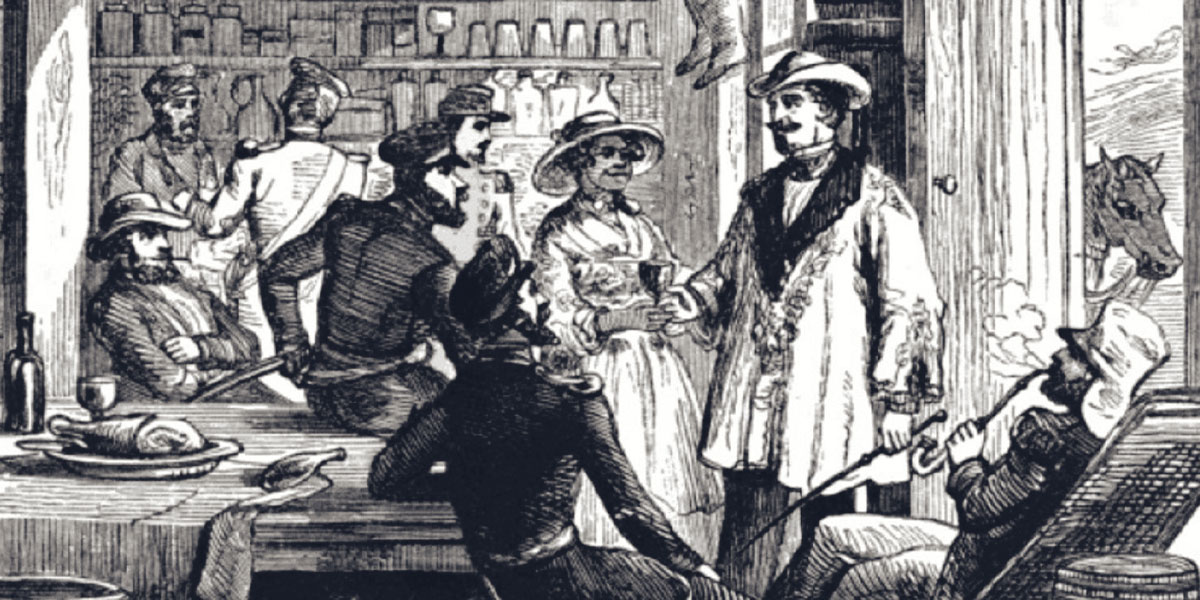
The hotel itself was built from driftwood, debris and salvaged items such as packing cases, iron sheets and discarded architecture, with the help of local labourers hired by Seacole. The new British Hotel opened in March 1855. Once completed, the site consisted of a building made of iron, which contained a main room – housing shelves, storage and countertops – an attached kitchen, two wooden sleeping huts, outhouses and an enclosed stable-yard. In her autobiography, Mary Seacole described the hotel as ‘a mess-table and comfortable quarters for sick and convalescent officers’. The hotel was fully stocked with provisions and served meals daily.
During her time in Crimea, Seacole frequently went above and beyond the duties of a standard nurse and frequently made trips into the proverbial ‘lion’s den’ of the front lines to help those in need. During one such trip, Seacole dislocated her thumb after throwing herself to the ground to avoid incoming gunfire. Like many of the men she helped on the front line, Seacole also had her own battle scars to show for her service in Crimea. This notably included a deformed index finger on one of her hands, from when a Russian soldier closed his teeth on her whilst she was trying to extract a bullet from his mouth.
After the Treaty of Paris brought the war to a close in 1856, Seacole left Crimea with the remaining Allied soldiers. As one of the last to leave Crimea and unable to sell many of her provisions and possessions on site, she returned to England in a poor financial state and was officially declared bankrupt in November that year.
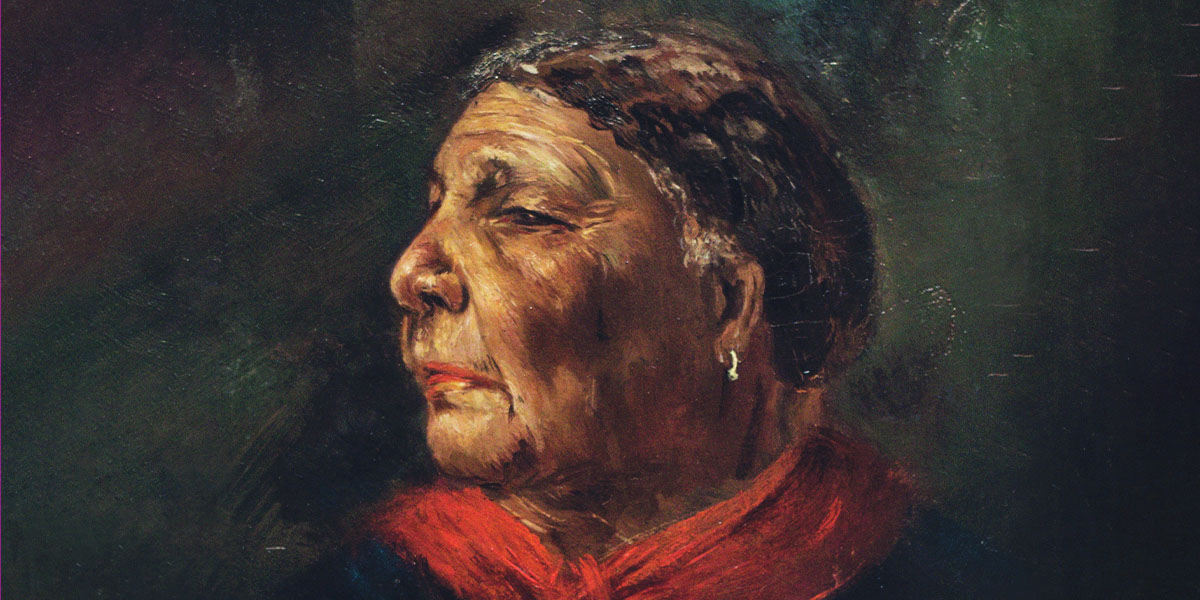
However, in an incredible display of gratitude from her Crimean War brethren, notably including such military dignitaries as Major General Lord Rokeby and Lord George Paget, a fundraising event was held in her honour to help with her plight. The Seacole Fund Grand Military Festival was attended by around 40,000 people, once again highlighting the country’s collective admiration, respect and support for the woman known to many Crimean veterans as ‘Mother Seacole’.
This is just a small taste of the litany of stories that came out of Seacole’s time in Crimea, of which there were so many, it was enough to fill a whole book. Seacole published her stories in the form of an autobiography entitled Wonderful Adventures of Mrs Seacole in Many Lands. First published in 1857, her memoirs were the first-ever autobiography published by a free black woman in the British Empire, providing another incredible achievement for this truly remarkable human being.
Despite her contributions to her fellow man, Seacole’s legacy was largely lost in time following her death in 1881, only to resurface a century later. Her gravesite in London was rediscovered in 1973, prompting a service of reconsecration. The Mary Seacole Memorial Association (MSMA) was founded in 1980 and duties included maintaining her grave. The site served as the location for a celebratory memorial service on 14 May 1981 to coincide with the centenary of her death. Today, a similar celebratory service run by the MSMA takes place at the site annually in her honour. In 1990, her home country of Jamaica awarded her the Jamaican Order of Merit, one of the country’s highest honours.
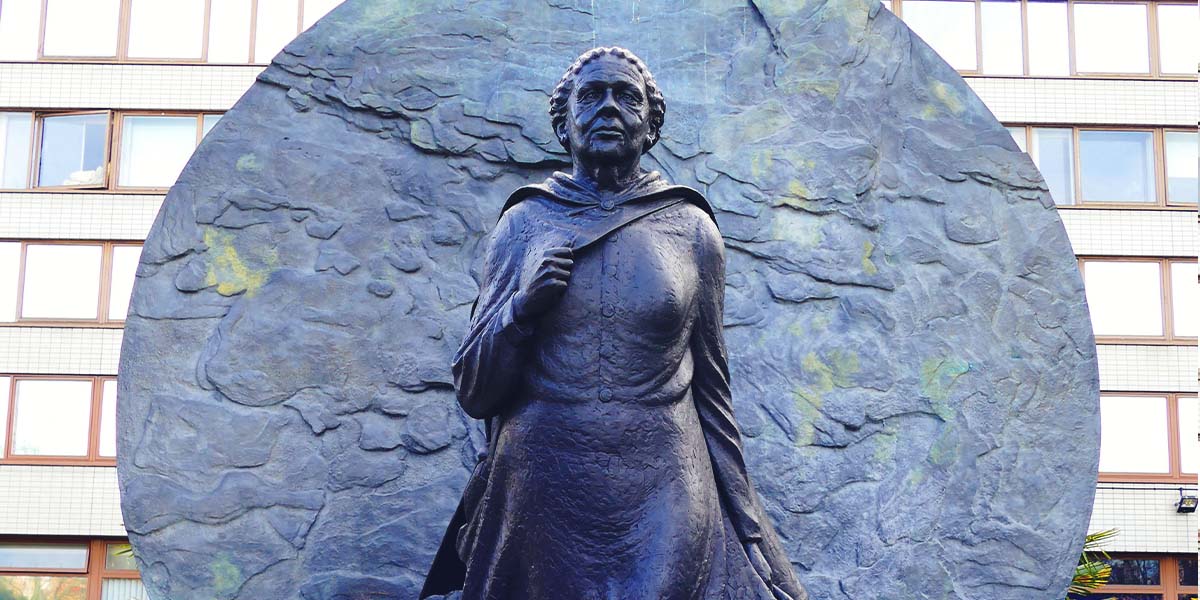
Since the turn of the twenty-first century, Seacole has become a prominent figure of Black British history and has finally begun to gain the recognition she so rightly deserves. In 2004, Seacole was publicly voted the ‘Greatest Black Briton’ in an independent poll. Perhaps even more impressively, Seacole’s story was introduced into the national curriculum in 2007, with her life story taught at many primary schools throughout the UK.
Today, a statue of Seacole, sculpted by Martin Jennings, resides outside St Thomas’ Hospital in London. Officially unveiled in 2016, it served as the first bronze statue in the UK to honour a named British woman of colour. The commemorative statue came about as a result of the Mary Seacole Memorial Statue Appeal, a charitable campaign launched over a decade earlier. The charity formally changed its name to The Mary Seacole Trust on 1 November 2016 and was celebrated with a launch event at the Black Cultural Archives in Brixton.
In 2023, The Royal Mint is proud to join the list of those honouring this remarkably selfless individual as we celebrate the incredible legacy of Mary Seacole with her own commemorative UK £5 coin. Designed by Sandra Deiana, the coin features a lifelike portrait of Seacole based on a photograph and marks the first time Seacole has appeared on an official UK coin.
RELATED ARTICLES
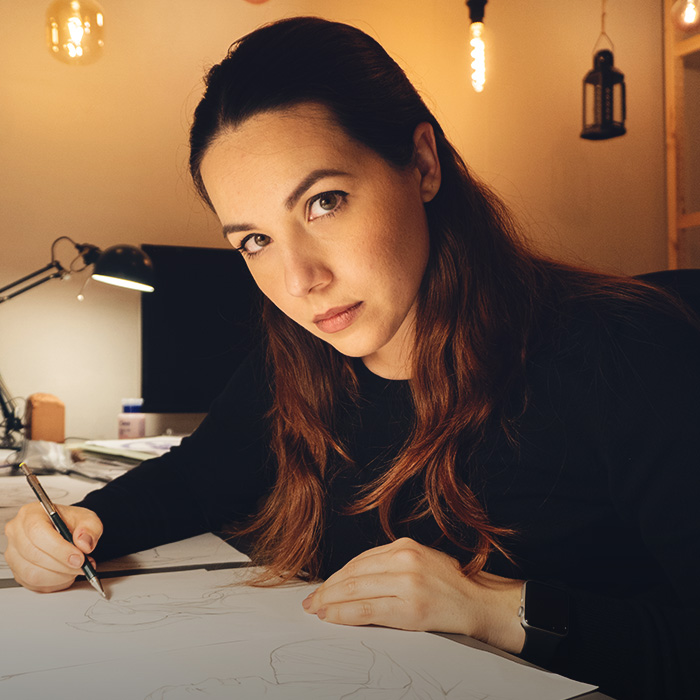
BEHIND THE MARY SEACOLE DESIGN
Explore the Design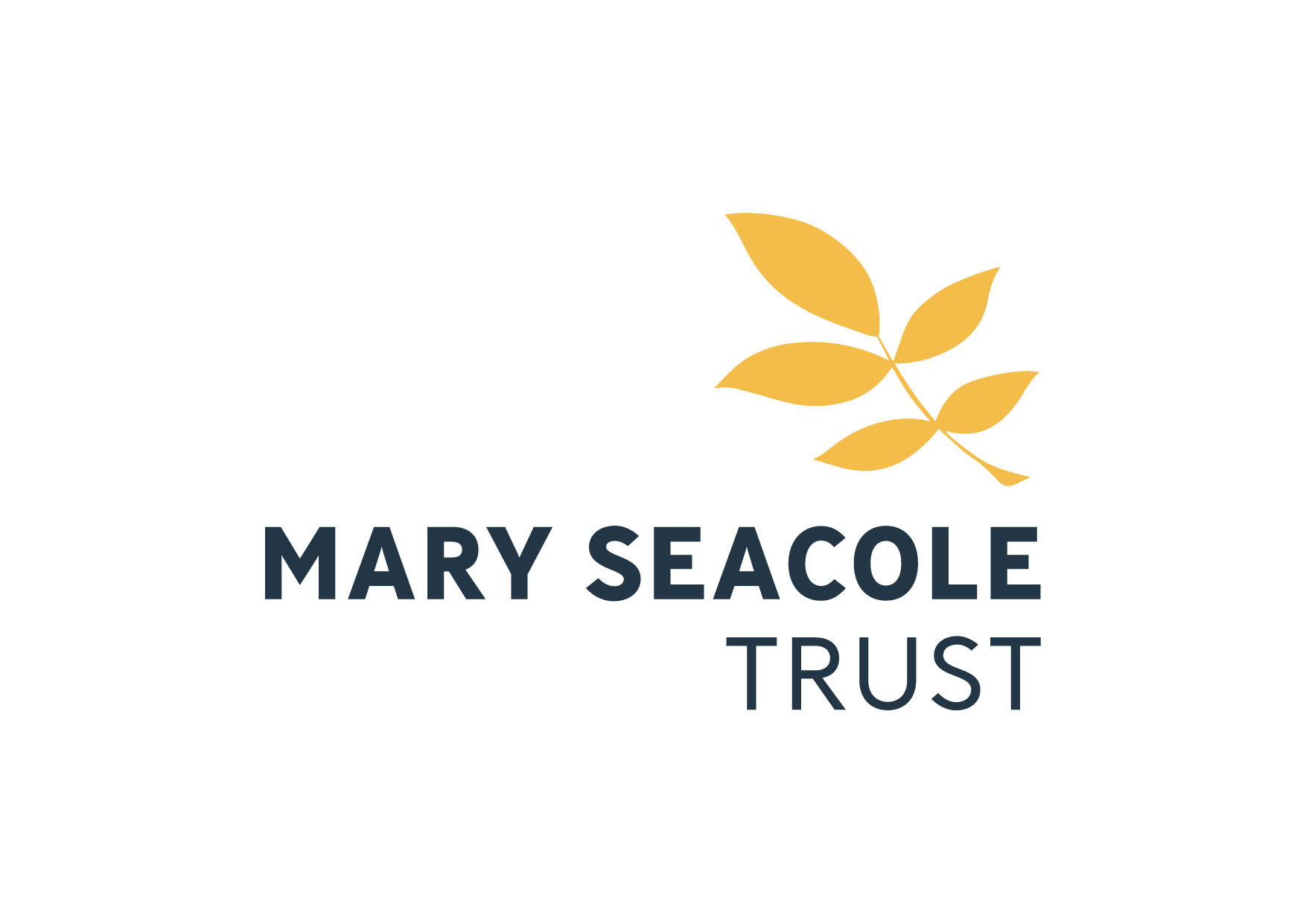
Special thanks to The Mary Seacole Trust for their assistance in this project.
